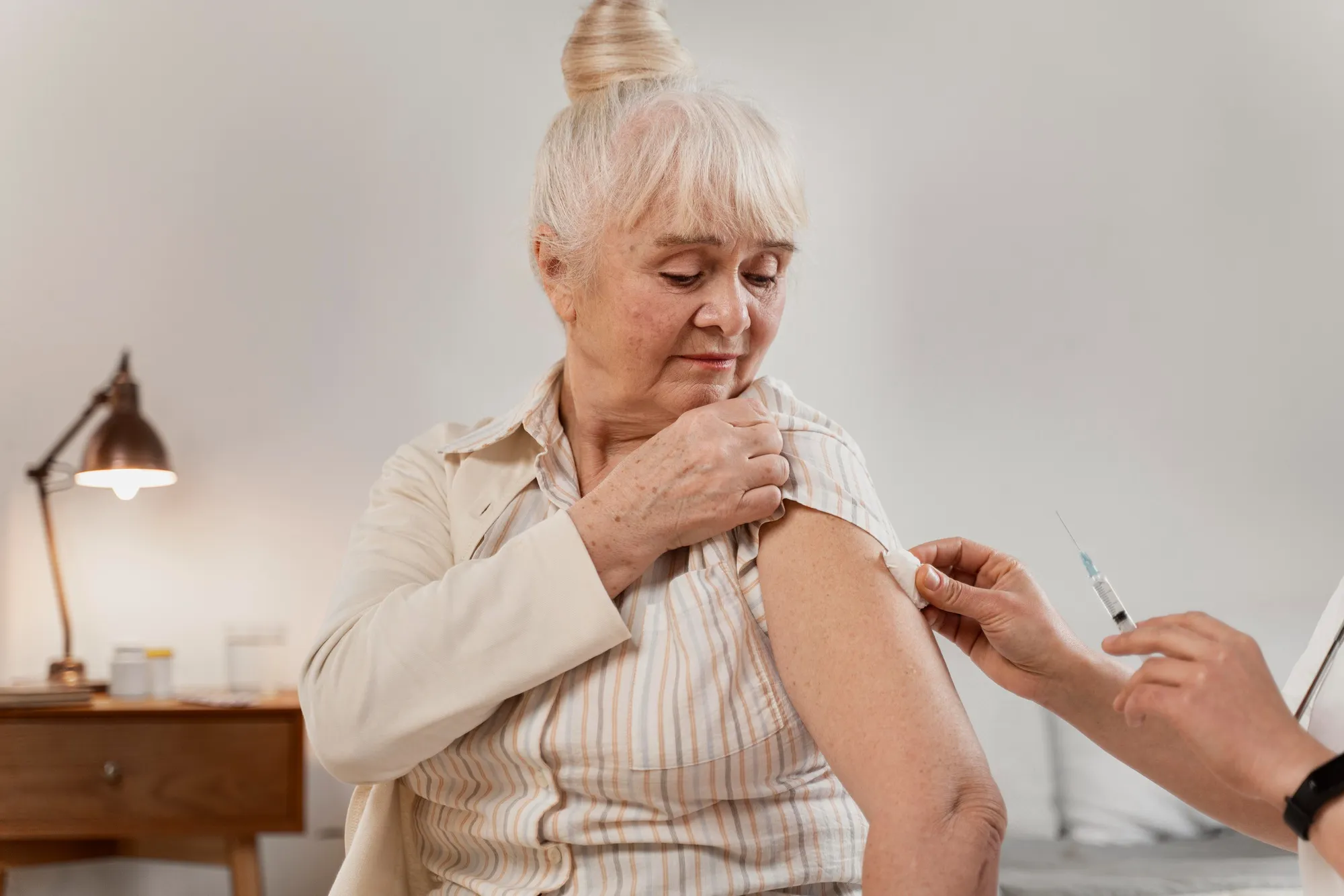Introduction
As populations around the globe continue to age, the quest to understand and combat the underlying mechanisms of aging-related diseases becomes increasingly urgent. Compounding this is the rising prevalence of noncommunicable diseases (NCDs) such as diabetes and atherosclerosis, which are linked with the aging process. Emerging research has earmarked Advanced Glycation End Products (AGEs) as significant contributors to aging and associated pathologies. Given the rich history and growing body of research, traditional Chinese medicine (TCM) offers potential therapeutic interventions against AGEs. This review article aims to present an in-depth exploration of recent findings on the effects of Chinese medicine in mitigating AGEs and curtail aging diseases. Additionally, it will shed light on the potential mechanisms through which Chinese medicines exert their beneficial effects.
Advanced Glycation End Products (AGEs) and Aging
AGEs are complex molecules formed through the non-enzymatic reaction of reducing sugars with proteins, lipids, or nucleic acids. This process, known as glycation, has been found to play a pivotal role in the aging process and the onset of various NCDs. These molecules can accumulate in body tissues over time, exacerbating oxidative stress, inflammation, and tissue damage, which are hallmarks of aging (DOI: 10.2174/1570161117666190507112157).
The detrimental impact of AGEs on cellular function is widespread. They can alter the structural integrity of proteins, promote the cross-linking of collagen, and interfere with normal cellular signaling. AGEs can also activate the receptor for AGEs (RAGE), enhancing oxidative stress and inflammatory responses. Their role in aging is not limited to mere presence, as their downstream effects can profoundly influence age-related changes in tissue elasticity, wound healing, and immune function, eventually leading to disease manifestations including Alzheimer’s disease, diabetic complications, and vascular diseases.
Chinese Medicine: A Potential Arsenal Against AGEs
Chinese medicine, with its millennia of empirical usage, is gaining attention in the scientific community for its properties that counteract the effects of AGEs. This traditional approach integrates herbal treatments, acupuncture, dietary recommendations, and lifestyle changes, and is grounded in the philosophy of restoring balance and harmony to the body.
The therapeutic value of Chinese herbal medicines (CHMs) lies in their complex compositions, which can target multiple pathways simultaneously. For instance, CHMs have demonstrated anti-inflammatory, antioxidant, and anti-apoptotic activities, all of which potentially mitigate the formation and effects of AGEs.
Review of Current Research
Extensive studies have delved into the various CHMs and their constituents that exhibit promising anti-AGE effects. A remarkable review by Zhang, Zhao, Zhao, Gui, and Xu, published in “Current Vascular Pharmacology,” meticulously summarized these findings (DOI: 10.2174/1570161117666190507112157). For instance, studies have pointed out that certain herbal extracts and compounds inhibit the formation of AGEs, scavenge reactive oxygen species (ROS), and modulate signaling pathways implicated in oxidative stress and inflammation.
Herbal components such as flavonoids, saponins, and polysaccharides were highlighted for their anti-AGEs activities. They may work by inhibiting enzymes like aldose reductase, which is critical in the formation of AGEs, or by activating cellular defense mechanisms against oxidative stress. Moreover, some CHMs have been shown to regulate the expression of RAGE, thereby attenuating the downstream effects of AGEs.
Efforts to elucidate the mechanisms of action of CHMs have shed light on their ability to impact signaling pathways, such as the nuclear factor erythroid 2-related factor 2 (Nrf2) pathway, which governs the expression of antioxidant proteins. Additionally, certain CHMs can modulate the mitogen-activated protein kinase (MAPK) and NF-kB pathways, further contributing to their anti-inflammatory and antioxidant roles.
The research also points to the potential of CHM as adjunct therapies for managing chronic conditions where AGEs play a role. For instance, the inclusion of CHMs in diabetes management could complement conventional treatments by offering glycemic control and reducing AGE-related damage.
Furthermore, the review emphasizes the safety profiles of CHMs, noting that, when used correctly, adverse effects are minimal. This aspect is particularly significant for aging populations that might be more susceptible to the side effects of conventional drugs.
Conclusion
The battle against aging and its associated diseases is a multifaceted challenge requiring an approach that can target the complex interplay of biological processes. The rich tradition of Chinese medicine presents a complementary arsenal against the ravages of AGEs, with the potential to mitigate some of the key processes involved in aging-related diseases.
Research continues to illuminate the benefits of integrating CHMs in the proactive management of aging and AGE-induced pathologies. With the promise shown in recent studies, the future of traditional Chinese medicine in aging research looks bright, holding potential for novel therapeutics that can enhance quality of life and extend healthy lifespan.
However, more in-depth studies are needed to fully harness the potential of Chinese medicine in this context. Through rigorous scientific investigations, clinical trials, and cross-disciplinary collaboration, a more profound understanding of CHMs’ role against AGEs in aging diseases will undoubtedly emerge.
References
1. Zhang, W., Zhao, T., Zhao, Y., Gui, D., & Xu, Y. (2020). Advanced Glycation End Products in Chinese Medicine Mediated Aging Diseases: A Review. Current Vascular Pharmacology, 18(4), 322-333. DOI: 10.2174/1570161117666190507112157.
2. Zhao, Z., Zhao, Y., Zhang, W., & Xu, Y. (2019). The role of traditional Chinese medicine in the management of aging and age-related diseases. Trends in Molecular Medicine.
3. Chen, J., Mangelinckx, S., Adams, A., Wang, Z. T., Li, W. L., & De Kimpe, N. (2013). Natural flavonoids as potential multifunctional agents in the prevention of diabetic complications. Journal of Medicinal Chemistry.
4. Vlassara, H., & Uribarri, J. (2014). Advanced Glycation End Products (AGE) and Diabetes: Cause, Effect, or Both? Current Diabetes Reports.
5. Bai, X., Yan, Y., Canfield, S., Muravyeva, M. Y., Kikuchi, C., Zaja, I., Corbett, J. A., & Bosnjak, Z. J. (2013). Ketamine enhances human neural stem cell proliferation and induces neuronal apoptosis via reactive oxygen species-mediated mitochondrial pathway. Anesthesia & Analgesia.
Keywords
1. Advanced Glycation End Products
2. Aging Diseases
3. Traditional Chinese Medicine
4. Anti-AGE Herbal Therapy
5. Chinese Medicine Aging Research
